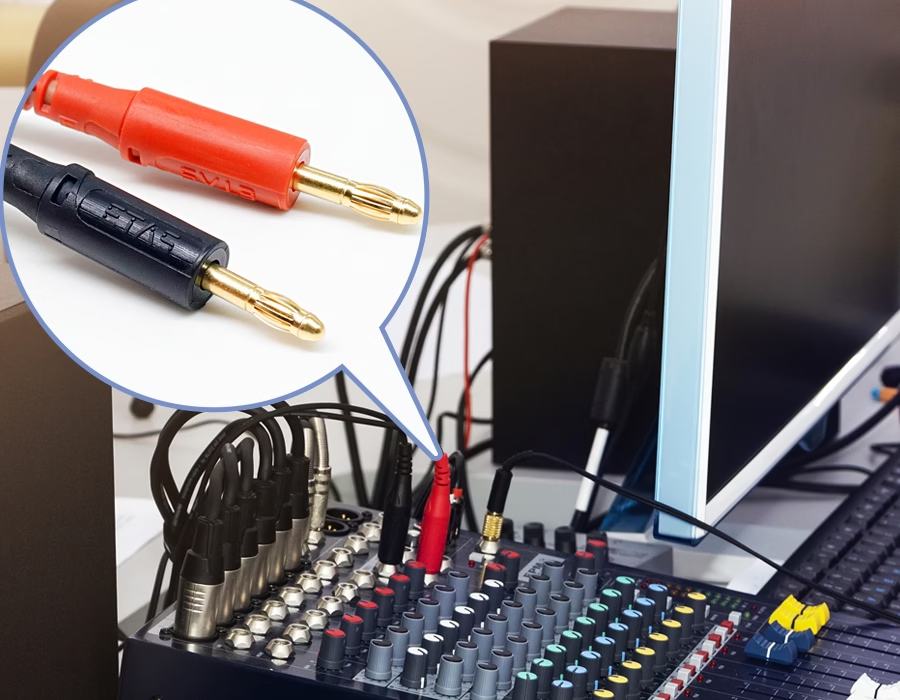In today’s digital age, audio/video (A/V) cables are the backbone of entertainment and professional setups. Whether you’re playing a movie, a game or a presentation, choosing the right cables can lead to a seamless experience. With the wide variety of cables available, it’s crucial to understand their differences. Let’s explore the main types of AV cables, their unique features, and tips on choosing the best cable for your needs.
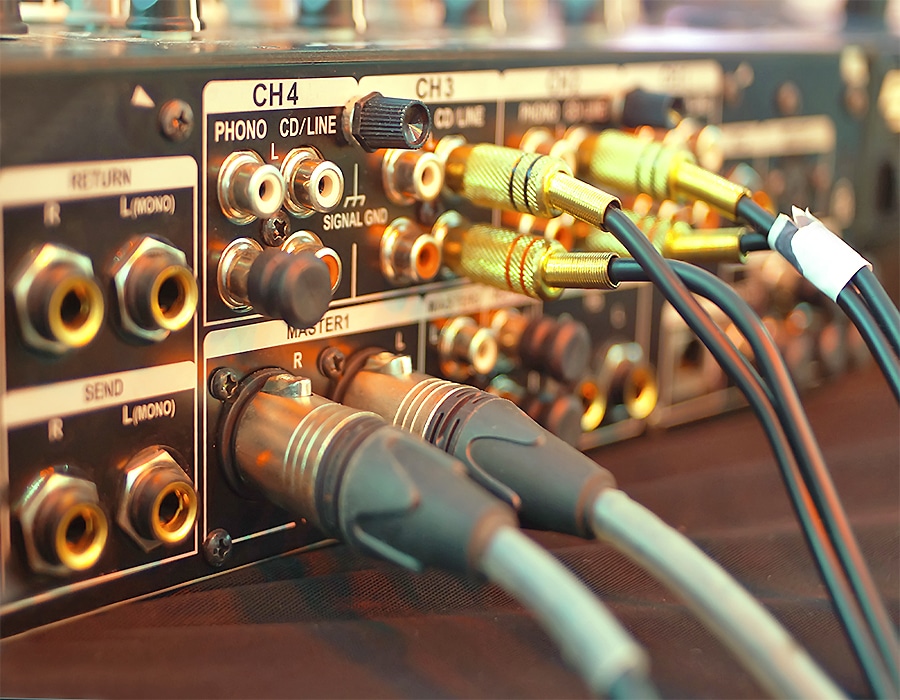
Common Types of A/V Cables
1. HDMI: The Modern Standard
- Design: A single cable that carries high-definition audio and video signals, supporting up to 8K resolution.
- Best for: TVs, game consoles, and home theater systems.
- Pros: High-quality visuals, HDR support, and surround sound all in one.
- Cons: Limited cable length without extenders or enhancers.
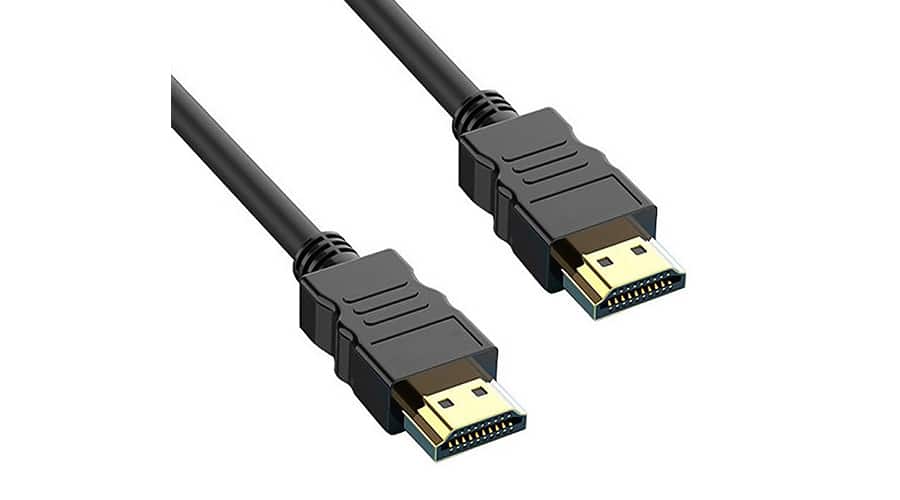
2. RCA Cables: Classic and Reliable
- Design: Red, white and yellow connectors for stereo audio and analog video.
- Best for: Older TVs, DVD players and conventional stereo systems.
- Pros: Simple, widely compatible.
- Cons: Lower video quality, susceptible to interference.
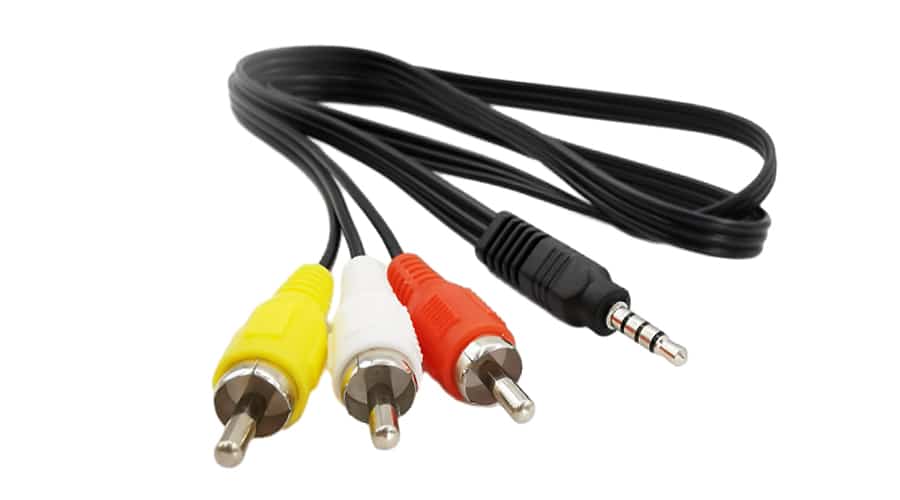
3. DisplayPort: High-Performance Digital
- Design: Rugged connector that delivers high refresh rates and high resolution.
- Best for: Gaming monitors and professional workstations.
- Pros: Ideal for 4 K+ monitors and multi-monitor setups.
- Cons: Limited compatibility with older devices.
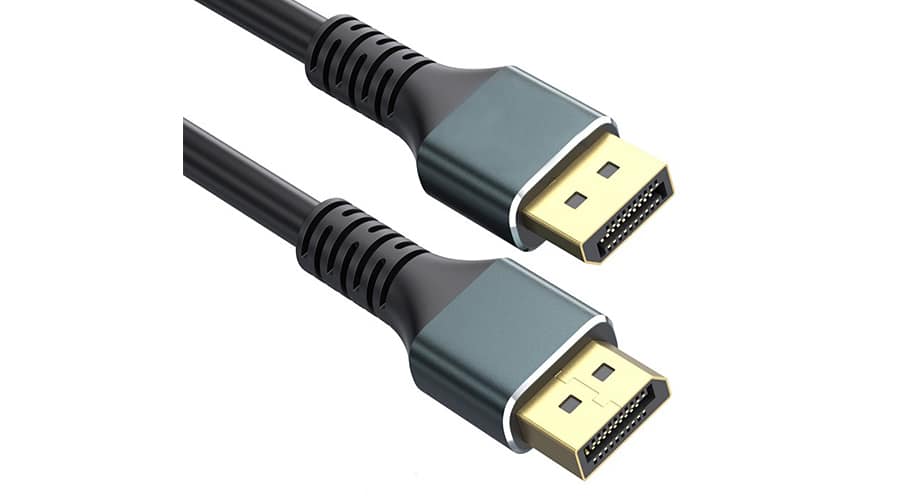
4. DVI: Bridging Analog and Digital
- Design: Supports both analog and digital video signals.
- Best for: Older monitors and PCs.
- Pros: Good video quality and adaptability to various settings.
- Cons: It does not support audio and is gradually being replaced by HDMI.
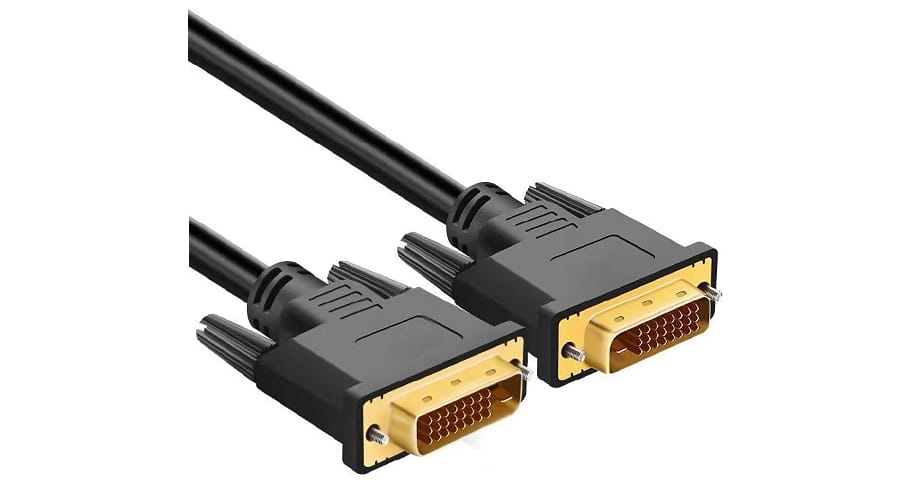
5. VGA: The Legacy Connector
- Design: A 15-pin connector that transmits analog video.
- Best for: Older projectors and monitors.
- Pros: Very reliable for older equipment.
- Disadvantages: Low video resolution, no audio transmission.
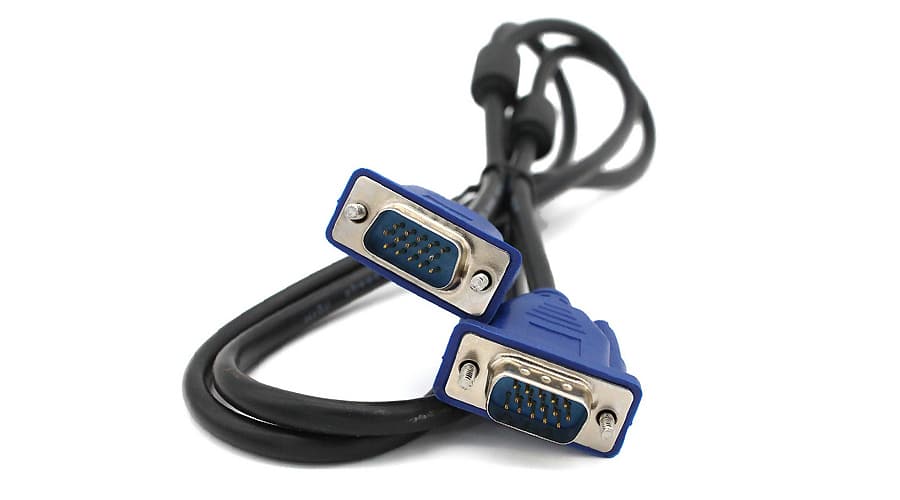
6. Optical (Toslink): Crystal-Clear Audio
- Designed to transmit digital audio signals using light.
- Best suited for: High-end audio systems and speakers.
- Advantage: No electrical interference.
- Disadvantage: Used for audio only, more fragile than other cables.
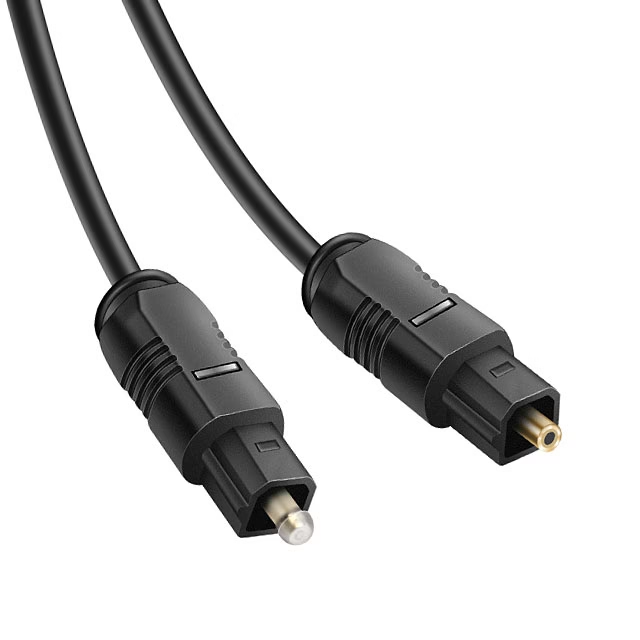
7. USB: Versatile Connectivity
- Design: Multi-function cable for power, data and A/V signals.
- Best for: webcams, microphones and portable monitors.
- Pros: Universal, compact.
- Cons: Quality varies depending on the USB version and use.
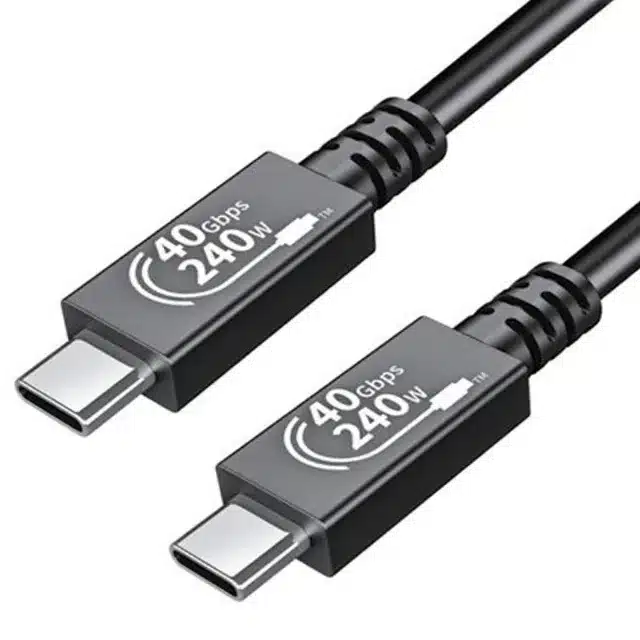
How to Choose the Right A/V Cable
1. Understand Device Compatibility
Match the cable to the device port. For example, modern TVs and Blu-ray players use HDMI, while older projectors use VGA.
2. Identify Your Signal Type
Digital cables (e.g., HDMI, DisplayPort) are ideal for high-resolution devices, while analog wires (e.g., RCA, VGA) are better suited for legacy devices.
3. Consider Length and Quality
Avoid excessively long cables unless necessary, as they may degrade signal quality. High-quality cables ensure durability and optimal performance.
Troubleshooting Tips
- Check connections: Ensure all cables are securely plugged in and are not damaged.
- Use an adapter: To ensure compatibility, consider using an HDMI to VGA or DVI to HDMI converter.
- Choose a reputable brand: AudioQuest and Monster Cable are known for their reliability.
Final Thoughts
Audio/video cables may seem small, but they are critical to ensuring a smooth and immersive media experience. From legacy connectors like VGA and RCA to modern standards like HDMI and DisplayPort, knowing the options can enhance your setup.
Whether setting up a home theatre or building a professional workstation, the right cables ensure crystal-clear sound and visuals. Enter the world of AV cables with confidence and make every connection count!
For custom A/V cables, please get in touch with Romtronic. We offer a one-stop service and reliable products that meet safety standards.

Apple Liu is Romtronic’s Marketing Manager, focusing on business growth across the Asian market. With a background in International English and eight years of sales experience in the electronic cable and harness industry, she brings both in-depth industry knowledge and a global outlook to her role.
In addition to leading market strategy, Apple also oversees content development and editorial work—crafting clear, engaging messaging that reflects Romtronic’s values and technical strengths. She is passionate about digital engineering and is committed to strengthening Romtronic’s brand presence and innovation in a competitive global landscape.

